Prosthesis and robotics have the capability of allowing sign language users to connect to those who do not understand.
Sign language is the fourth most used language in the UK however it is still taboo in the general population. At a selection of schools sign language is an optional extra however it is not part of the national curriculum.
There is an outcoming number of benefits from teaching BSL (British Sign Language) at schools. From an academic foresight there are many qualifications and careers you can pursue through BSL alone. More importantly, it allows effective communication and overcome discriminative barriers. I have experienced these barriers myself working in customer service. I feel helpless when a regular comes in who can only sign or write. It feels dehumanising asking him to write the Lego piece that he wants as it is complex to sign for, the ASLAN would eradicate this for my workplace and improve the quality of life for people; to the extent of scenarios others may take for granted.
There is more than 11 million people in the UK with some form of hearing loss, or one in six of the population.
This number is only expected to increase.
British Academy of Audiology- (Hearing Link Services, 2022)
Engineering students at the University of Antwerp have developed a device called ASLAN. It is a significantly cheap prosthetic that uses artificial intelligence to translate sign language, made at around £400. It allows to overcome the barrier between Sign language users and those who do not understand it, which will be highly beneficial to the quality of life of those with hearing impairments.

ASLAN works by users sending messages which then are finger spelt in sign language. I believe that ASLAN has created a wider topic of research using prosthesis and robotics in conjunction to allow barriers involved with sign language to be completely overcome.
Further development of the ASLAN
There are countless possibilities I have thought further about from coming across the ASLAN such as creating an orthotic glove which the user will wear on their hands and whilst they sign, signals transduce to a system which will convert this to speech using graphite resistance technology or accelerometers. Or in scenarios where a deaf person may not have hands, inspired by ASLAN a prosthetic could be made which signs for the user.
Concepts of the ASLAN
A huge economic benefit of the ASLAN is that it is cheap and easy to make from a 3D printer. The ASLAN can also be mobile, these benefits combined would create less discrimination in industries such as schools and workplaces. Sign users would gain more independence in their day to day lives without the use of an interpreter, positively impacting societal and ethical fields of interest.
Controversies of the ASLAN
In dispute, this could be seen as attempting to replace interpreters, however the creators have assured this is not their intentions and they are developing ASLAN more for situations such as a student who cannot hear in class could use this to communicate convienently.
Another controversy of this topic is if it can be classed as a prosthetic? The ALSAN does replace a body part however it replaces the persons hand who is lacking sign language communication, not the direct user. It however does not attach to that person’s body in anyway therefore it could be classed as an indirect prosthetic. Therefore it could be argued as an orthotic as it aids function.
Further Information
To conclude the ASLAN opens a world of further research to improve the quality of life for BSL users and help overcome communication barriers. I believe this technology paired with increased awareness and education in schools would lead to connecting our two worlds.
References
Fisher- Wilson, G. (2017) There’s not enough sign language translators, so these students 3D printed a humanoid robot | Hubs. Available at: https://www.hubs.com/blog/theres-not-enough-sign-language-translators-so-these-students-3d-printed-a-humanoid-robot/ (Accessed: 9 March 2023).
Hearing Link Services (2022) Deafness & hearing loss facts – Hearing Link Services. Available at: https://www.hearinglink.org/your-hearing/about-hearing/facts-about-deafness-hearing-loss/ (Accessed: 9 March 2023).

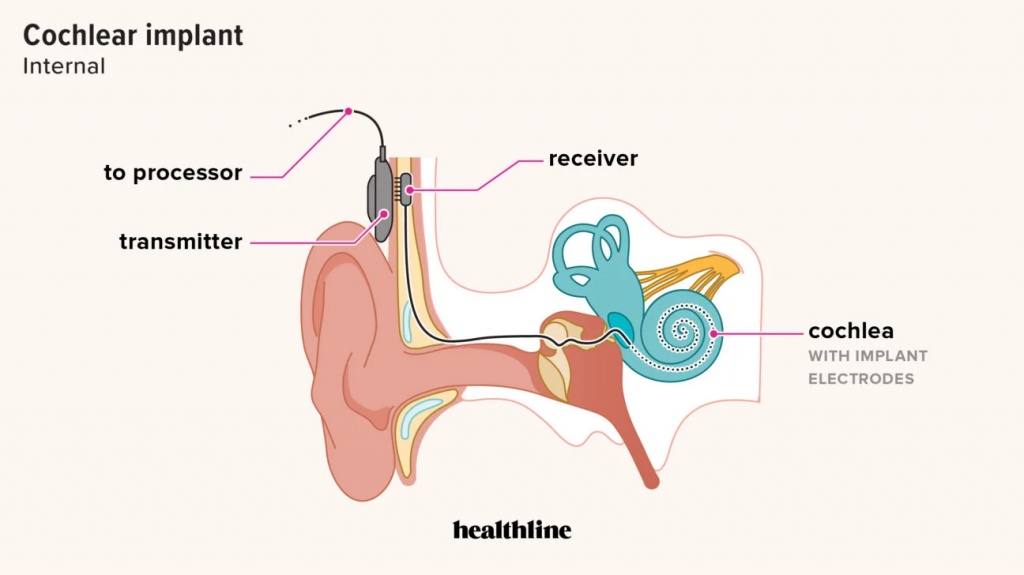




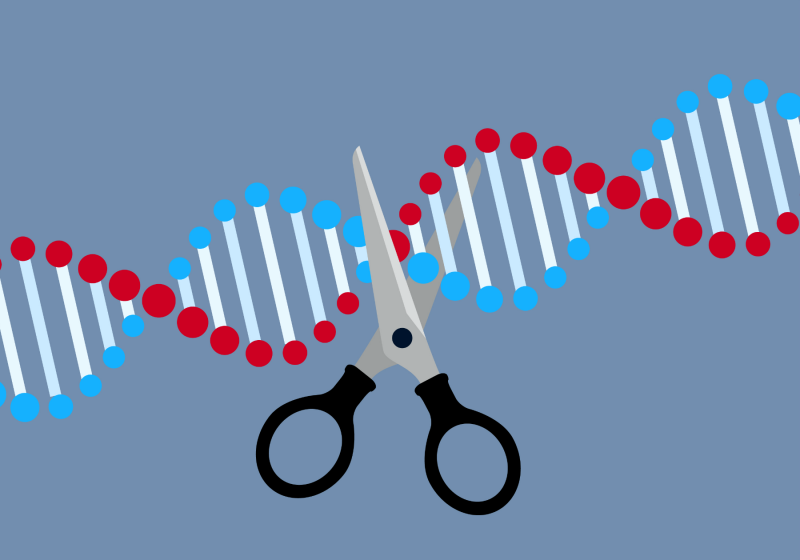




/arc-anglerfish-arc2-prod-pmn.s3.amazonaws.com/public/TQ7UUUQGZBEATPPIT7EWEIWNYE.jpg)
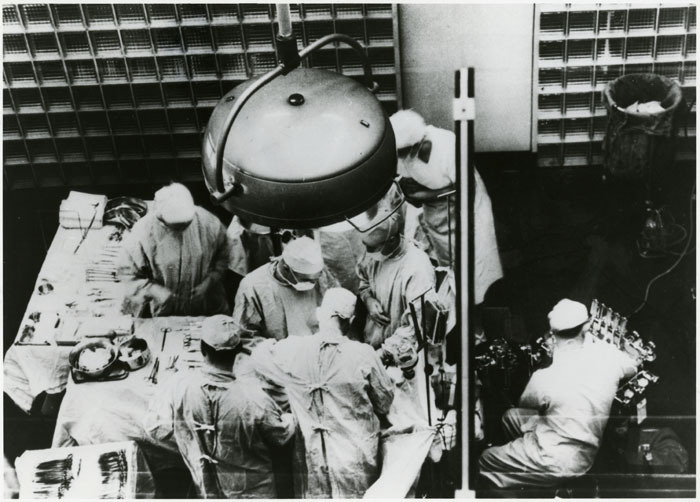
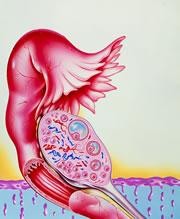
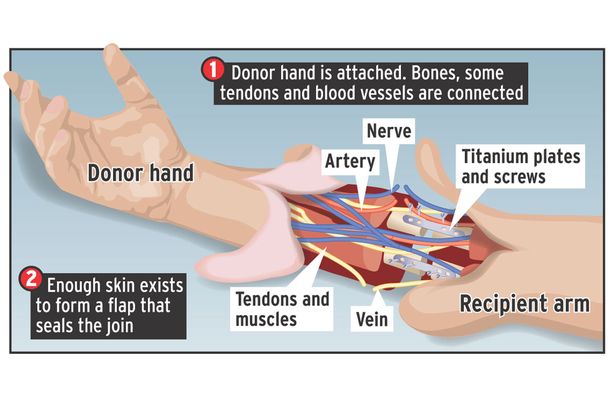
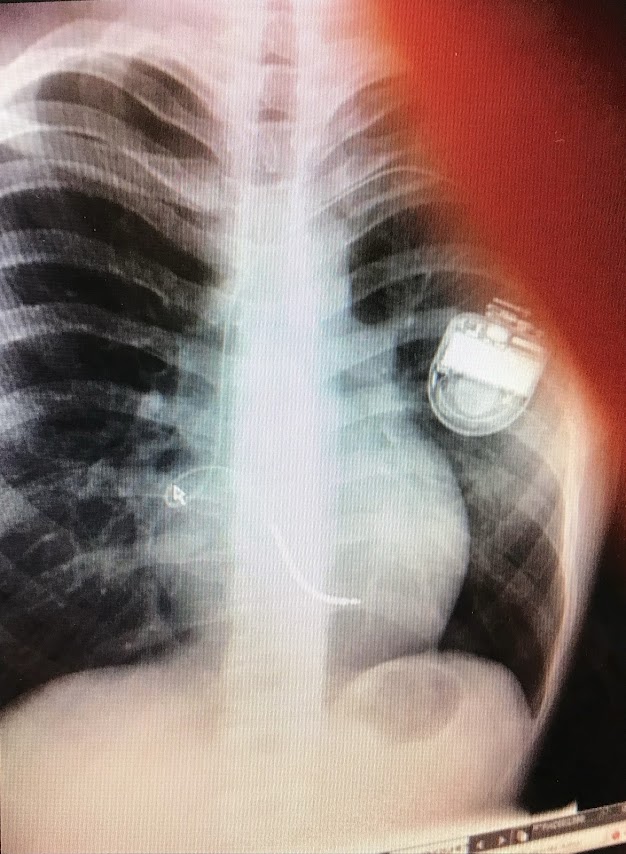
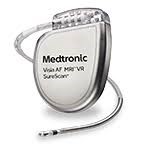
This is an initially reflective and well researched blog showing how you have chosen to explore the emerging field of…
This is a good attempt at a blog, where you reflect on your recent learning at a lecture/workshop to describe…
This is a fair to good blog, reflecting on your recent learning in some of your modules. You provide a…
This is an engagingly written and reflective blog focussed in general on ethics in medicine. You might improve by citing…
This is a good and well written an presented blog on an original subject - biofilms on implants. You explain…